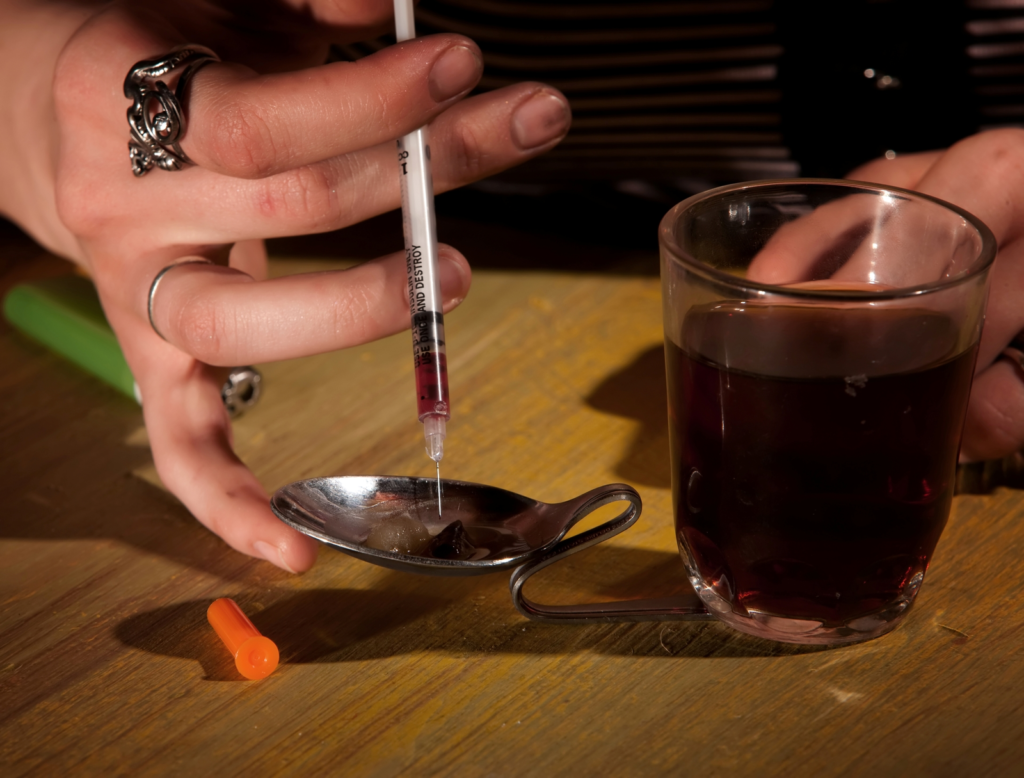Suboxone Taper Schedule

Suboxone is commonly prescribed to help individuals manage opioid withdrawal symptoms and maintain recovery from opioid use disorder. It supports ongoing sobriety by reducing cravings and decreasing relapse risks [1][2]. Eventually, many individuals in recovery reach a stage where they feel ready to discontinue Suboxone, leading them to seek guidance on how to taper off safely.
What Is a Suboxone Taper?
One of the most common mistakes individuals make when stopping Suboxone is attempting to quit suddenly, or “cold turkey.” Because Suboxone includes buprenorphine, a partial opioid agonist, abruptly discontinuing use can trigger uncomfortable withdrawal symptoms like those experienced during opioid detox [2][4]. A carefully structured tapering plan under medical supervision is a safer and more effective approach [3][4].
The best method for tapering Suboxone varies from person to person. Factors such as dosage levels, length of use, and overall health significantly influence the approach. It’s essential to consult your healthcare provider before adjusting your medication. Professional guidance ensures the tapering process matches your needs, making withdrawal more manageable [4].
Suboxone Taper Schedule
A well-structured Suboxone taper schedule typically involves gradual dose reductions. It’s crucial not to hurry this process to avoid unnecessary withdrawal symptoms. Generally, doses should not be reduced by more than 25% at a time, as larger reductions can cause discomfort [3].
Understanding the half-life of Suboxone is another vital aspect of effective tapering. Suboxone’s half-life is around 24 to 42 hours, meaning it takes a day and a half for half of the drug to leave your system. For example, a 12 mg dose would drop to 6 mg after 24 to 42 hours without additional dosing, continuing to halve every subsequent 24 to 42 hours [1].
An (aggressive) Suboxone taper schedule may look like this:
| Timeframe | Taper Dosage |
| Weeks 1-2 | Reduce your dosage by a maximum of 25%. Maintain this reduced dosage for at least two weeks. |
| Weeks 3-4 | Further reduce the dosage by another 25%. Continue this lower dose for two additional weeks. |
| Weeks 5-6 | Again, decrease your dosage by up to 25%. Maintain this lower dosage for at least two more weeks. |
| Weeks 7 onward | Continue gradually decreasing dosages, adjusting based on comfort levels and withdrawal symptom management. |
Some individuals may find it beneficial to reduce their dosage even more slowly, by increments of 5%, 10%, or 15%, based on personal tolerance levels.
Another tapering strategy involves alternating doses daily. For example, maintain your regular dosage on day one, then take 1 or 2 mg less on day two. Following this alternating schedule for a few weeks before further reductions can ease withdrawal symptoms [3].
Kratom for Suboxone Withdrawal
Some individuals turn to kratom, a plant-based substance, to manage Suboxone withdrawal. However, Kratom acts similarly to opioids, binding to opioid receptors and causing similar euphoric effects and dependency risks [5]. Many jurisdictions have recently banned Kratom due to these safety concerns [7]. Although some clinicians may use Suboxone off-label to manage kratom dependence, it is not an FDA-approved or widely established treatment for kratom withdrawal.
Managing Withdrawal Symptoms During a Suboxone Taper
Effectively managing Suboxone withdrawal symptoms involves closely monitoring your body’s responses. If symptoms become severe, temporarily increasing the dosage slightly until symptoms subside can help. Maintain this adjusted dosage until you feel stable enough to resume tapering.
Staying well-hydrated and engaging in daily physical activity can significantly reduce withdrawal symptoms. Exercise naturally releases endorphins, which alleviate withdrawal discomfort. Nutrition also plays a crucial role; a balanced diet rich in vitamins and minerals supports overall wellness during withdrawal.
Additionally, holistic therapies such as yoga, mindfulness meditation, art therapy, and other wellness practices can greatly aid symptom management. Taking your time and reducing the dosage slowly is widely recommended to minimize discomfort and increase the likelihood of a successful taper [3][4].
Medications such as Sublocade also provide an alternative to Suboxone and are commonly used to support a Suboxone taper [1].
More Support & Resources During a Suboxone Taper
Numerous resources are available to assist you during your Suboxone taper:
- Peer support groups
- Group and individual therapy
- Online recovery communities
- SAMHSA’s National Helpline [4]
- Outpatient treatment programs
- Aftercare planning
- Community-based programs
Professional guidance from nutritionists and personal trainers can further enhance your recovery by establishing sustainable dietary and exercise routines [3].
Tapering Off Suboxone at Paramount Wellness Retreat
At Paramount Wellness Retreat, our specialized addiction treatment professionals provide tailored Suboxone tapering schedules and comprehensive support throughout your recovery journey. Our holistic approach integrates medical supervision, therapeutic interventions, and ongoing guidance to ensure comfort, safety, and success. Contact Paramount Wellness Retreat today to begin your personalized Suboxone tapering program.




